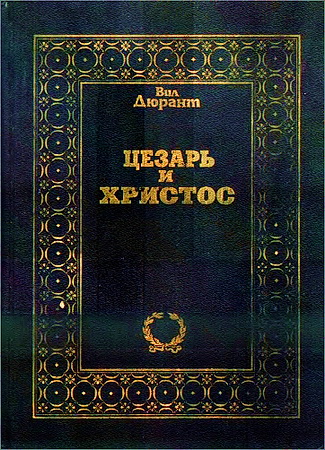
Boyarin - The Talmud - A Personal Take
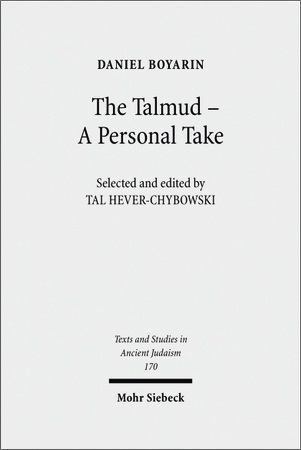
The title of this book involves, as usual with me, a pun. On the one hand, my work has always been Talmud-centered: the Talmud, which to my mind is the greatest cultural production of the People called Jewish, is never far from my mind. I cite it and allude to it in my daily speech regularly and sometimes seem (to myself at least) to have an appropriate quotation or story from the Talmud for any occasion.
I love studying and teaching Talmud, so, of course, anything I write about this book is inflected deeply by my love (tough love, love that has gotten tougher over the years). It is a personal take. On the other hand, in a more jocular sense, this book is a personal take because it was, of course, impossible to republish all my uncollected papers; instead, we (I’ll flesh out that pronoun immediately) have sought representative examples of the particular stages and phases of my work with Talmud, so this book is a personal take, as it were, on my work itself.
The second person of that “we” is the absolutely indispensable Tal Hever-Chybowski, without whom this book would have remained an unfulfilled contract, perhaps forever. Tal was enormously helpful in every way possible, from picking out the papers to be included to fixing errors in them and producing the copy upon which the publisher could base this book. I’ll use this introduction to contextualize the modes of talmudic research that appear in this book.
Contextualization is a critical term here. In a sense, or rather in several different senses at different times, I have always sought to open up the Talmud by allowing its intellectual (and other) problems to listen to and speak to the concerns of disciplines in the humanities. These different disciplinary openings have been the Spielbein of my work, while the talmudic (and associated) texts have been the Standbein. In ancient statuary, one leg, the Standbein (the standing leg), is always firmly on the ground, while the other leg is in motion: the Spielbein (the playing leg). One of my legs has always been firmly on the ground of the Talmud and the other always in motion.
Daniel Boyarin - The Talmud - A Personal Take
Mohr Siebeck - 2017 y. / 510 p.
Printed in Germany
e-ISBN PDF 978-3-16-154842-0
ISBN 978-3-16-152819-4
ISSN 0721-8753 (Texts and Studies in Ancient Judaism)
Daniel Boyarin - The Talmud - A Personal Take - Table of Contents
- Original Publication
- Introduction
1.The Linguistic Gambit
- The Loss of Final Consonants in Babylonian Jewish Aramaic (BJA)
- On the History of the Babylonian Jewish Aramaic Reading Traditions:
- The Reflexes of *a and *a
2. Pilpul
- “Pilpul”: The Logic of Commentary
3. Gender and Sexuality
- Literary Fat Rabbis: On the Historical Origins of the Grotesque Body
- Reading Androcentrism against the Grain: Women, Sex, and Torah-Study
- Are There Any Jews in “The History of Sexuality”?
- Rabbinic Resistance to Male Domination: A Case Study in Talmudic Cultural Poetics
- Homotopia: The Feminized Jewish Man and the Lives of Women in Late Antiquity
- Torah Study and the Making of Jewish Gender
4. Judaism and Christianity
- Martyrdom and the Making of Christianity and Judaism
- A Tale of Two Synods: Nicaea, Yavneh, and Rabbinic Ecclesiology
- Two Powers in Heaven; or, the Making of a Heresy
- Archives in the Fiction: Rabbinic Historiography and Church History
5.The Bavli in its Hellenistic World
- Why Is Rabbi Yohanan a Woman? or, A Queer Marriage Gone Bad: “Platonic Love” in the Talmud
- Hellenism in Jewish Babylonia
- Patron Saint of the Incongruous: Rabbi Meir, the Talmud, and Menippean Satire
- The Talmud as a Fat Rabbi: A Novel Approach
- Bibliography
- Index of Primary Sources
- Index of Personal Names
Daniel Boyarin - The Talmud - A Personal Take - Table of Contents - Owning the Phallus
Rather than seeing the breakdown of the phallic imaginary as a product of trauma, as does Kaja Silverman, these texts present a culture of men who are resisting, renouncing, and disowning the phallus. This is entirely clear with respect to the early Christians discussed by Burrus, for many of them were men of power and status in their pre-Christian lives, so it is hard to argue that it was trauma that dislodged the dominant fiction for them. Ambrose was a provincial governor before his conversion, so, for him, becoming Christian was truly a renunciation of the phallus, as it was for his compatriot, Prudentius, and many others at the time. Their status in the church, while it had many attributes of power, had to be configured differently from their former status. If anything, it was their resistance to the dominant fiction that brought trauma upon them and not the opposite. It is clear that the “phallus” was renounced and resisted by them as a particular cultural product, one belonging to a culture they had rejected.
The peculiar promise of the Jewish text, in contrast, seems to be in its premise that such a renunciation does not imply an exit from male sexuality entirely. It was the condition of not being imperial, of being colonized, that presents this possibility to the Rabbis, a possibility not of a temporary disruption but of demystifying “the phallus” for what it is, a violent and destructive ideological construct. Instead of reading this alternative mode of constructing maleness as anomalous, thus accepting the terms of the dominant fiction as reality, I offer an antithetical reading of Jewish history, one in which the absence of the phallus is a positive product of cultural history and not a signifier of disease. Rather than seeing these feminized responses as evidence of a pathology, I would suggest that in their political and cultural opposition to the tyranny of the Roman Empire, both Rabbis and early Christians developed positively marked images offeminized men, thus marking the site of a cultural crisis for the Roman Empire that, it could be argued, led eventually to its breakdown.
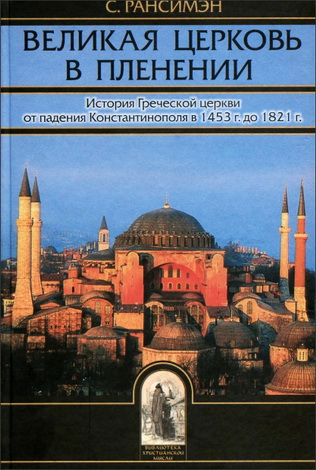
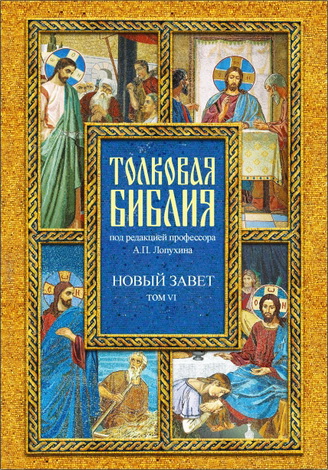
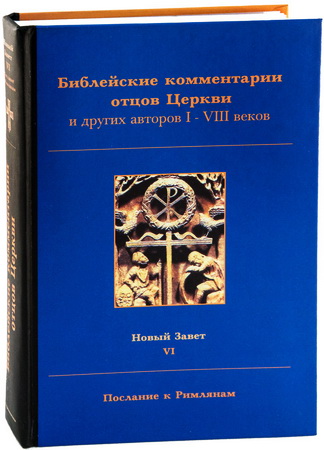
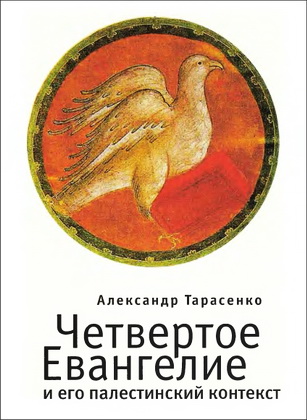
Комментарии (1 комментарий)
Почаще бы такие книги на сайте появлялись! Автор известный, материал - отличный, да и издательство - очень дорогое, не каждый ученый может позволить купить себе книгу у них...